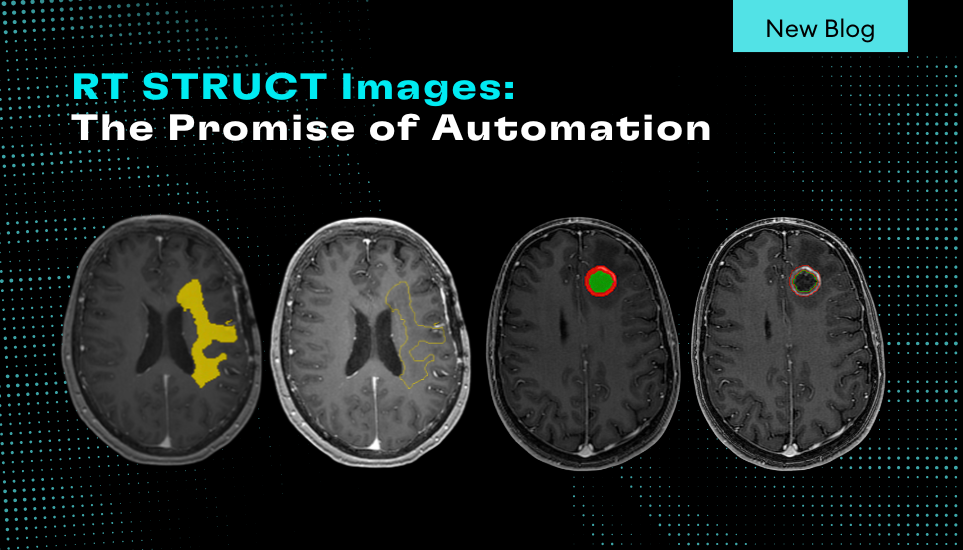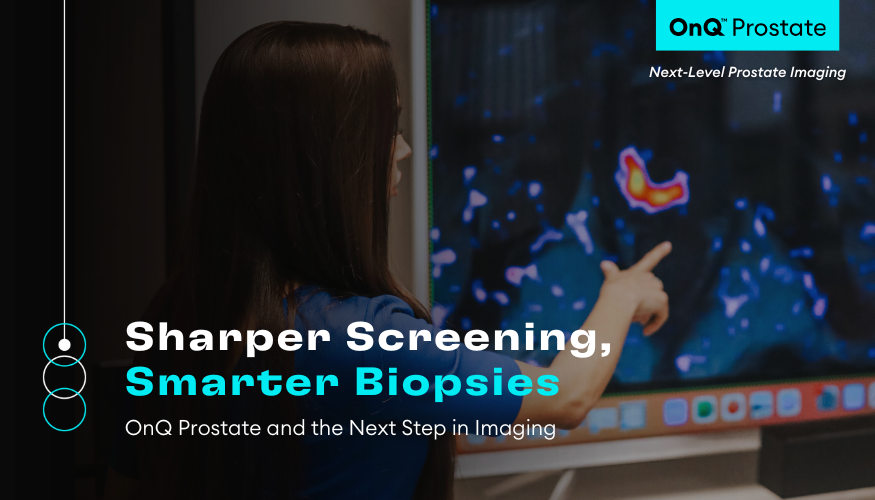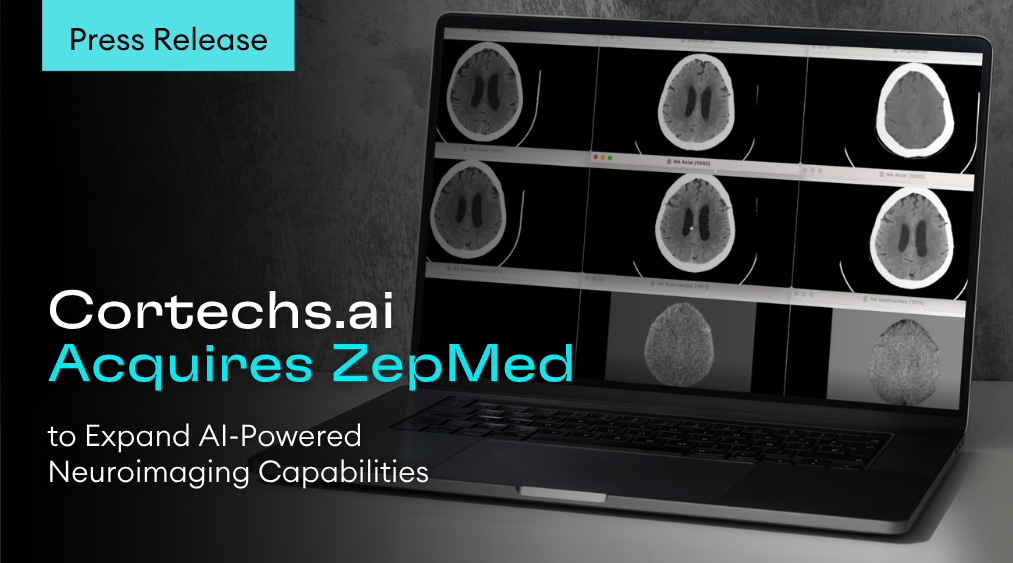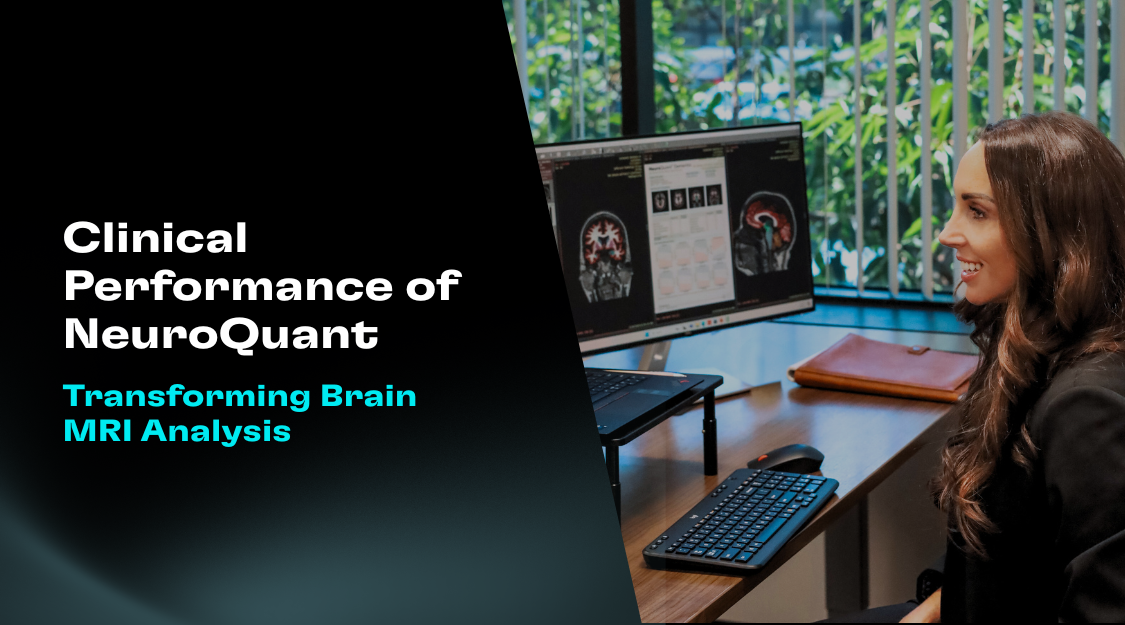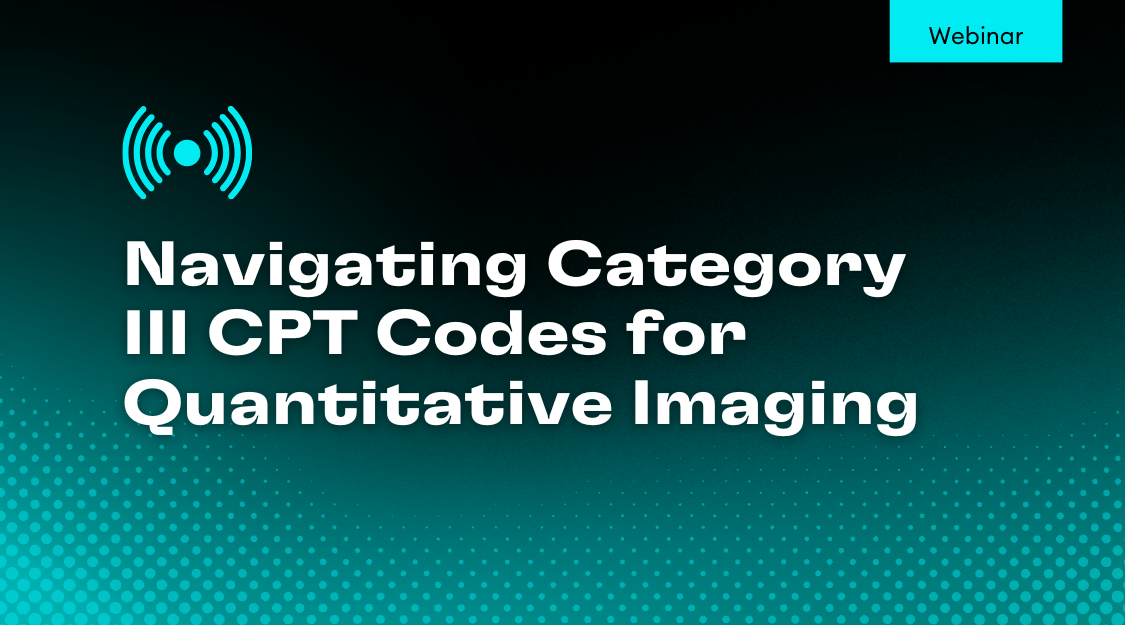In clinical practice, automated volumetric MRI analysis has become an essential tool for evaluating neurological disorders with greater accuracy and efficiency. Among these tools, NeuroQuant—an FDA-cleared software for automated brain volumetry—has consistently demonstrated strong clinical performance across multiple conditions, including Alzheimer’s disease, epilepsy, traumatic brain injury (TBI), and multiple sclerosis (MS).
Reliability and Accuracy Compared to Research Tools
NeuroQuant has been extensively validated against gold-standard research methods such as FreeSurfer and SIENAX, showing good-to-excellent agreement across a range of brain regions. Studies have reported intraclass correlations up to 0.99 between NeuroQuant and FreeSurfer, confirming that its outputs are research-grade while being clinically practical [1].
Enhanced Sensitivity Over Traditional Visual Reads
One of NeuroQuant’s most significant strengths is its ability to detect subtle atrophic changes that are often missed by expert neuroradiologists. In chronic TBI patients, for instance, NeuroQuant identified atrophy or asymmetry in over 90% of cases, compared to just 12% detected by radiologists’ visual assessments [2]. Similarly, in epilepsy, NeuroQuant matched subspecialist accuracy in lateralizing mesial temporal sclerosis while doing so in a fraction of the time, highlighting its value in pre-surgical evaluation [3].
Clinical Correlation With Cognitive Impairment
Beyond structural quantification, NeuroQuant’s measures strongly correlate with neuropsychological outcomes. In dementia and mild cognitive impairment (MCI) populations, hippocampal and temporal lobe atrophy measured by NeuroQuant aligned closely with memory test performance and electrophysiological markers of cognition. This underscores its role not only in structural imaging but also as a biomarker of functional decline [4].
Applications Across Neurological Disorders
- Alzheimer’s Disease & MCI: Hippocampal volumetry is a proven predictor of progression from MCI to Alzheimer’s, with NeuroQuant offering reliable prognostic value [5]. Automated volumetric indices have matched or outperformed visual ratings in diagnostic accuracy, offering 100% specificity in some studies [6]
- Traumatic Brain Injury: NeuroQuant detects progressive atrophy and asymmetry with far greater sensitivity than visual reads, making it a valuable tool in chronic TBI evaluation [2].
- Epilepsy: In mesial temporal sclerosis, NeuroQuant identified hippocampal volume loss with nearly 80% accuracy, on par with expert neuroradiologists, and often captured subtle asymmetries that experts missed [3].
- Multiple Sclerosis: NeuroQuant’s whole-brain volume measurements correlate strongly with SIENAX, supporting its use in monitoring MS-related atrophy for prognosis and treatment planning [7].
Efficiency and Workflow Integration
Traditional volumetric analysis often requires hours of manual tracing, introducing variability and cost. By contrast, NeuroQuant processes scans in >10 minutes, producing standardized, reproducible outputs. This reduces inter-observer variability and streamlines workflows, allowing clinicians to combine objective volumetrics with their own expertise for improved diagnostic confidence [8].
Broad Applicability Through Normative Databases
NeuroQuant’s validated normative datasets, stratified by age and sex, allow for z-score comparisons across diverse populations. This ensures that results are not only accurate but also clinically contextualized, enhancing decision-making in real-world settings [9].
Conclusion
The body of peer-reviewed evidence makes a compelling case for NeuroQuant’s integration into standard clinical practice. By combining automation, accuracy, and efficiency, NeuroQuant provides clinicians with a powerful adjunct to traditional radiological interpretation. Whether in memory clinics, epilepsy centers, TBI evaluation, or MS monitoring, NeuroQuant is helping clinicians move beyond subjective assessments toward objective, data-driven neurological care.
References
[1] Ochs et al., 2015 – Comparison of Automated Brain Volume Measures by NeuroQuant and FreeSurfer (J. Neuroimaging).
[2] Ross et al., 2015 – “Man Versus Machine” Part 2: Radiologists’ Interpretation vs NeuroQuant in TBI (J. Neuropsychiatry Clin. Neurosci.).
[3] Azab et al., 2015 – Mesial Temporal Sclerosis: Accuracy of NeuroQuant versus Neuroradiologist (AJNR).
[4] Braverman et al., 2015 – Evoked Potentials and Memory Tests Validate Brain Atrophy on 3T MRI (PLOS ONE). [5] Tanpitukpongse et al., 2017 – Predictive Utility of Marketed Volumetric Tools in Subjects at Risk for Alzheimer’s (AJNR).
[6] Min et al., 2017 – Diagnostic Efficacy of MRI in Alzheimer Disease: Automated Volumetric vs Visual Assessment (AJR).
[7] Wang et al., 2016 – Automated Brain Volumetrics in Multiple Sclerosis: A Step Closer to Clinical Application (JNNP).
[8] Brinkmann et al., 2019 – Reproducibility and efficiency benefits of automated volumetry (Journal citation).
[9] Stelmokas et al., 2017 – Translational MRI Volumetry with NeuroQuant: Effects of Version and Normative Data (J. Alzheimer’s Dis.).
